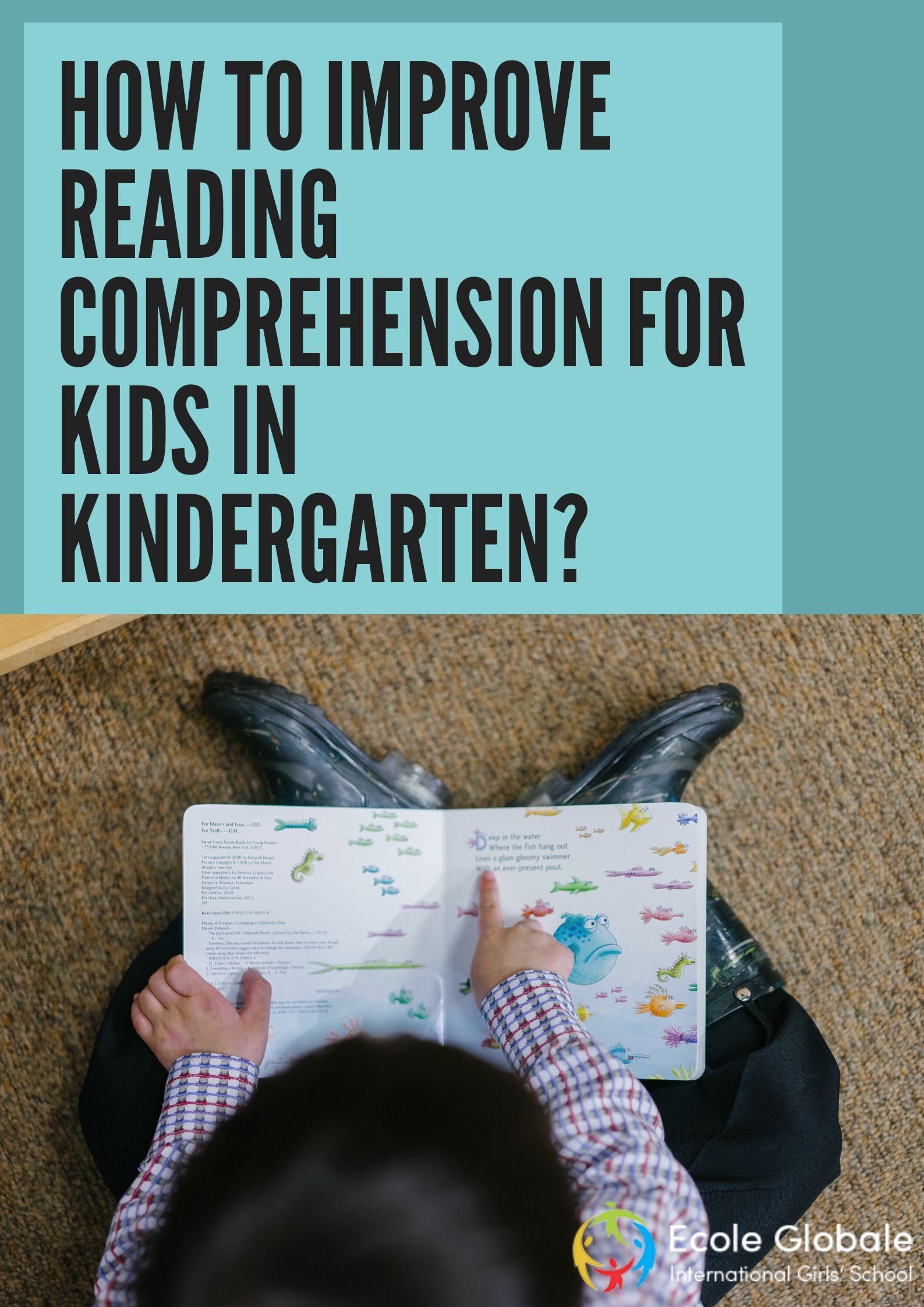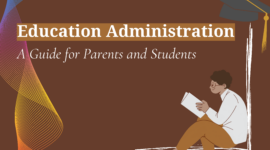One of the best schools in Dehradun, Ecole Globale explains that kindergarteners have an exciting milestone in their path, which is learning to read. Today, in addition to phonemic awareness, sight word recognition, and blending, you should use hands-on learning activities, games, and targeted techniques, to improve kindergarten reading comprehension and skills.
Steps on how to improve reading skills of a child?
Key Takeaways: Building Comprehension
- By providing explicit phonics instruction, you can build a foundation for comprehension, and through interactive games, you can reinforce new knowledge.
- As we know, repetition encourages comprehension, you should Select books with repetitive text, and while focusing on topics of your child’s interest, read each one multiple times.
- Ask your child questions regarding the story will help to make a connection while reading and will also help them in visualizing it.
These steps will help in enhancing the reading skills of a child.
Start with a Strong Foundation
Phonemic awareness is the first step in building strong comprehension skills and thus attaining overall reading success. The sound of each letter should be learned by the kindergartner rather than just merely reciting the alphabet. It also includes:
- Individual sounds blending
- Recognizing words that start or end with the same sounds
- Isolating beginning and ending sounds.
- Segmenting words into individual sounds
To teach the relationship between letters or groups of letters and sounds, explicit phonics instruction, which builds on phonemic awareness, is needed.
Word lists like Fry words and Dolch sight words are the high-frequency words, and Kindergarten students should work on recognizing them.
Play Kindergarten Reading Games
To improve phonemic awareness and reading comprehension skills, children should be involved in hands-on activities
Roll Word Families
Invite your child to play the role dice game. In this game, you have two dice, and on one dice word-beginning consonant sounds are written and on the other word-ending vowel-consonant sounds are written. The child has to combine the two sounds to create consonant-vowel-consonant words. Sometimes nonsense words are also formed, but it’s ok as they improve the practice of blending sounds. You can also ask your child to separate out the real and nonsense words.
I Spy
Children can also play simple I spy game by going on a scavenger hunt of CVC or sight words through classroom books. Ask them to report back with CVC or sight words after finding them from books.
Act Out Passages
The simple activity of acting out a scene from a book adds meaning to the words on the page and thus helps the children to visualize and focus on their meanings.
Bingo
You can play this game by using cards like sight word bingo card or fill a blank template with the sight word. Provide a card and a marker to each student. They will then cover the words with the marker by locating the words you call out and make a row of five.
Reading Recommendations for Kindergarten
It’s important to keep a few things in mind while looking for the books for kindergarteners which they can read independently :
- Using the five-finger rule will help. It’s too hard if a student makes five errors while reading a page from the book and if there are four errors then the student can try it but with some help and if there are two or three errors then it is the right book.
- Reading fluency, vocabulary, and word recognition are improved when children become comfortable and familiar with the text. So it is ok for a child to read the same book many a time which may seem as if the children are memorizing the text.
- Reading books with repetitive text improves reading comprehension. Also, Include books with familiar sight words
You should help students find the books of their interest, which could be fiction or non-fiction.
Kindergarten Reading Comprehension Assessment
The Informal Reading Inventory, also known as a Qualitative Reading Inventory is the easiest way to assess reading comprehension. The student’s fluency, word recognition, vocabulary, comprehension, and oral reading accuracy are individually assessed by the instructors with the help of this inventory.
To determine a student’s reading level and ability to decode words, the instructor checks the oral reading accuracy by asking the child to read a passage aloud. The number of correct words read by the student in one minute helps the instructor to determine the rate of reading fluency. Such assessments should be done half-yearly and annually.
Through open-ended questions about words in the passage, vocabulary is assessed and by asking questions about the passage and the summary of the read text, comprehension can be assessed.
Model Good Reading Habits
Parents and teachers should value reading. Each day 15 to 20 minutes should be set aside by the teachers for silent reading. Also, parents at home should read, seeing this will help students to value reading.
To make children understand the role of reading rate and voice inflection in fluency, teachers and parents should read aloud to students regularly. To expose the children to new vocabulary, parents should choose the books little above the child’s level and also make bedtime stories the part of their nightly routine.
Ask Questions
Ask students to make predictions about what will happen next by just looking at the book’s title and illustrations before reading. Thus asking questions will help to improve a child’s reading comprehension.
During the reading, ask questions like what they think will happen next or ask about the characters in the story or ask about how the story made them feel and about the end of the story.
Help Kindergartners Make Connections
Another effective technique for improving comprehension is to help students make connections. You can build a foundation before reading by talking or watching the videos about the unfamiliar experiences.
Teach Comprehension Strategies
Followings are the instructions to be given to the students to help them when they don’t understand what they are reading:
- Rereading the passage.
- Finding the clues by looking at the pictures
- Thinking and reading about what happened before or next
If these instructions don’t help, then they might be reading the book too difficult for them. Thus always choose a book by using a five-finger rule.
Build Vocabulary
Another excellent way to improve reading comprehension is by increasing the student’s vocabulary. To make sure that students don’t lose the meaning of the story, define them unfamiliar words ahead of time. This will give them confidence in their reading skills.
Encourage Visualization
You can encourage visualization in children by teaching them to create mental images of what they read, also called brain movies. Help them in picturing the action of the story by making them use their five senses and ask them to draw the picture of what the character is thinking or feeling. Thus this is a fun way to improve students’ reading comprehension.









